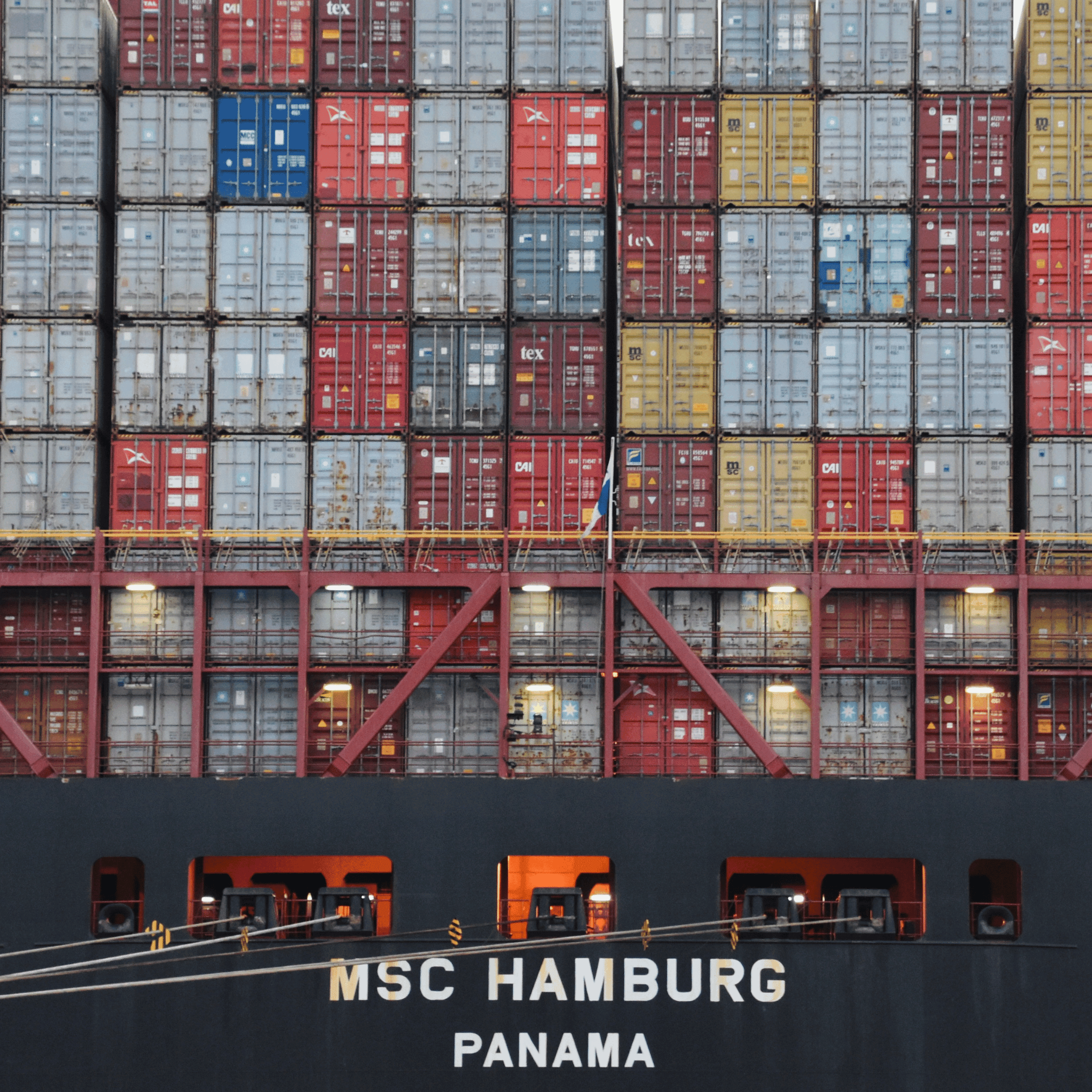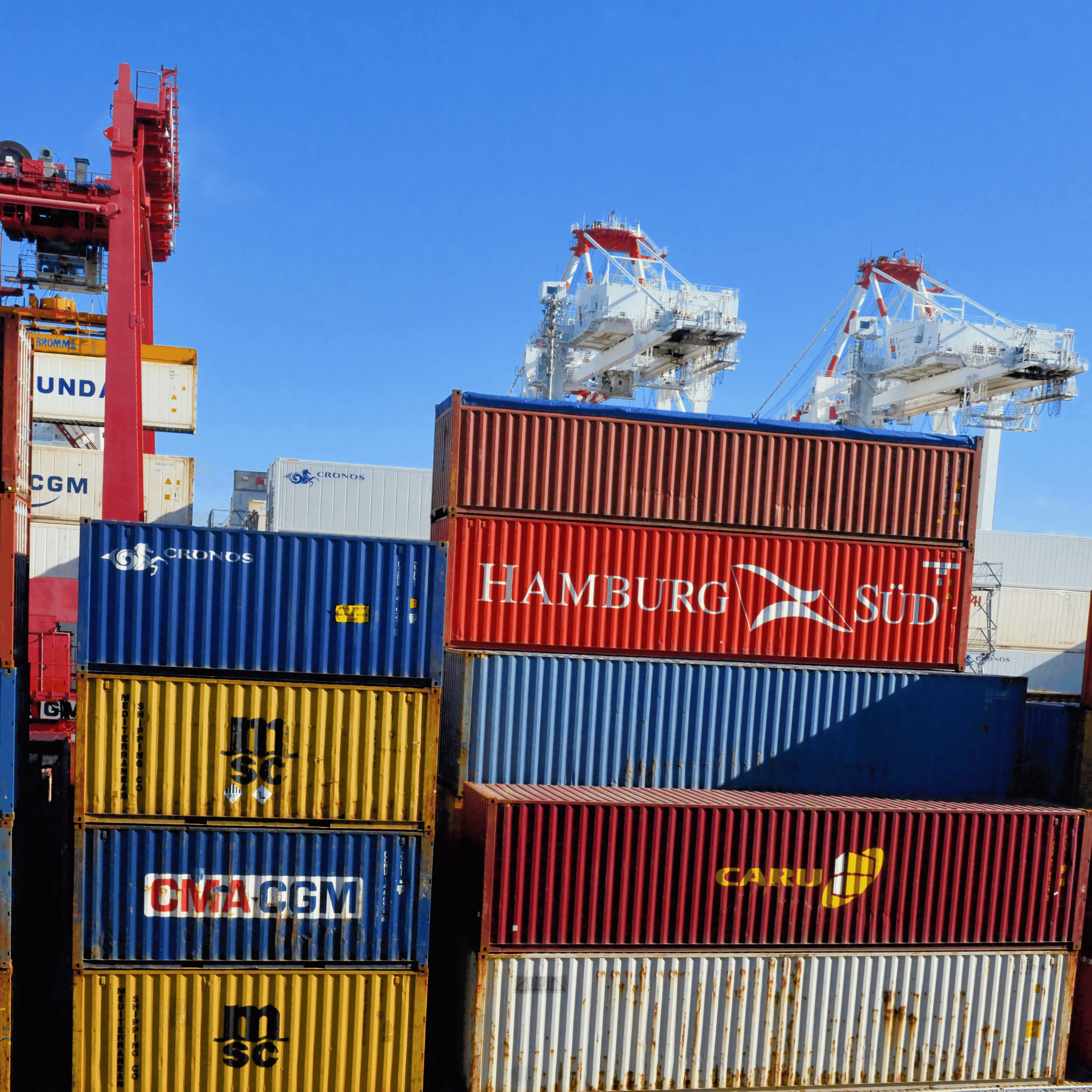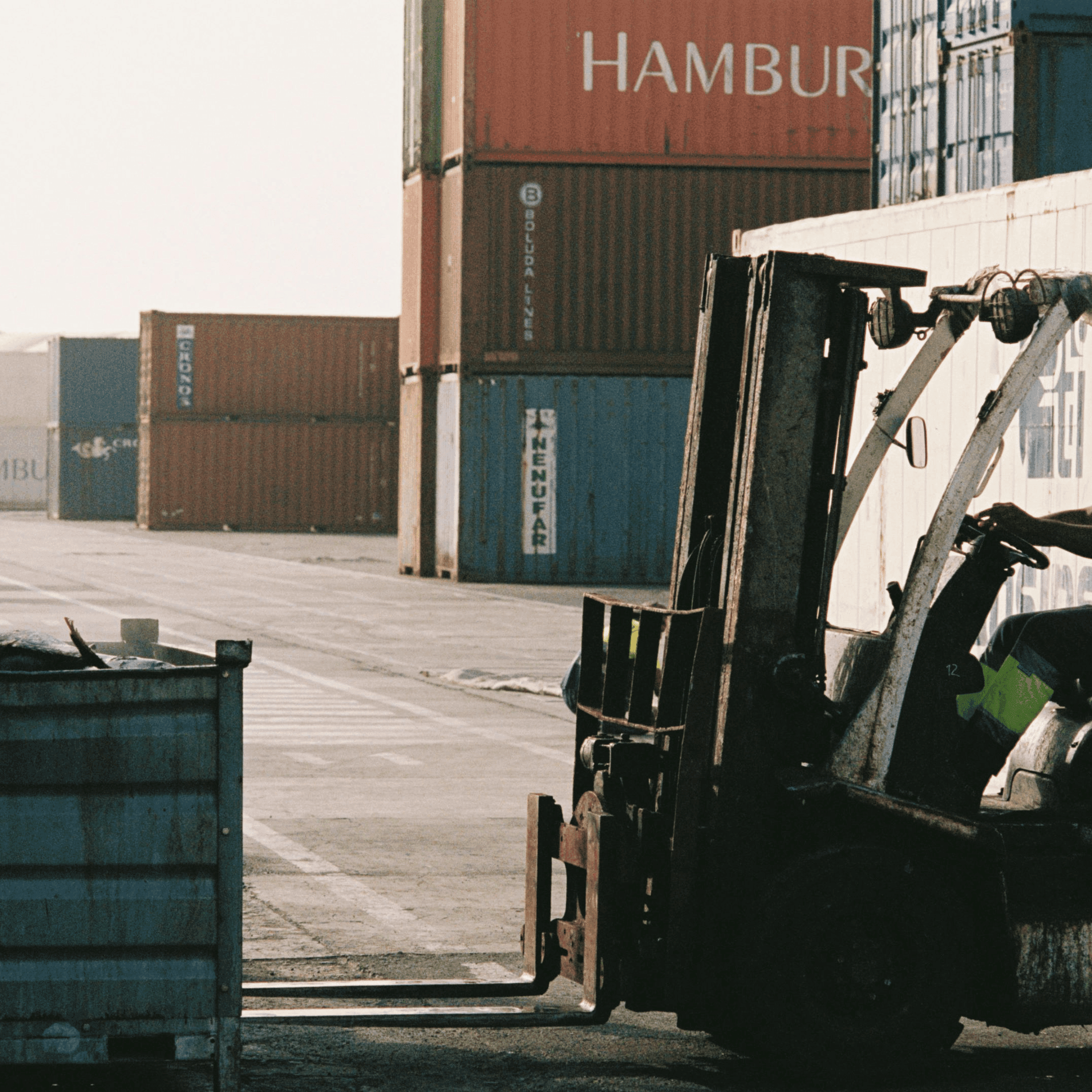Optimize your import strategy with Snapl’s Class 3 Public Bonded Warehouse in South Hadley, MA
Importers dealing with high volumes of dutiable goods often rely on bonded storage to optimize costs and ensure compliance with U.S. Customs and Border Protection (CBP). But successfully utilizing bonded warehousing requires a clear understanding of customs bond requirements, especially when storing goods in a Class 3 Public Bonded Facility like Snapl’s South Hadley, Massachusetts location.
Below, we break down how customs bonds work, what’s required to stay compliant, and why businesses across industries trust Snapl to manage their bonded storage needs near Boston and the Northeast corridor.

What Is a Customs Bond?
A customs bond is a financial guarantee to CBP that ensures duties, taxes, and penalties will be paid—even if the importer fails to comply. When storing goods in a bonded warehouse, importers can delay payment of duties until merchandise is officially withdrawn for U.S. consumption.
There are two primary types of customs bonds:
- Single Entry Bonds – used for one-time shipments.
- Continuous Bonds – used for ongoing imports and bonded warehousing.
All bonded facilities must operate under a CBP-approved bond—typically filed via CBP Form 301—ensuring full regulatory oversight and financial coverage for stored merchandise.
What Is a Class 3 Public Bonded Warehouse?
Bonded warehouses in the U.S. are classified by function under 19 CFR § 19.1. A Class 3 Public Bonded Warehouse is specifically designated for public use and authorized to store imported merchandise on behalf of multiple importers.
Key characteristics of a Class 3 bonded facility:
- Open to any importer with proper documentation.
- Allows storage of goods for up to 5 years without duty payment.
- Permits limited manipulation under customs supervision (e.g., relabeling, sorting, kitting, or repacking).
- Subject to routine audits and inspections by CBP.

Customs Bond Requirements for Bonded Storage
Importers using bonded storage or warehouse operators like Snapl must comply with the following requirements:
1. Bond Filing (CBP Form 301)
Before any goods are received into a bonded facility, a customs bond must be filed. The amount of the bond is set by the CBP Port Director based on the value of goods and type of activity. For bonded warehouses, the minimum bond amount is often $25,000.
2. Warehouse Licensing & Facility Compliance
A Class 3 facility must:
- Be licensed by CBP.
- Maintain full security protocols (24/7 monitoring, restricted access).
- Provide adequate fire protection and insurance coverage.
- Maintain segregated bonded vs. non-bonded inventory.
- Submit to annual audits and physical inspections.
3. Inventory Management
Bonded warehouses must maintain real-time inventory records that match CBP documentation and accurately track:
- Date of entry
- Quantities received and withdrawn
- Location within the warehouse
- Disposition (e.g., export, destruction, consumption)

Advantages of Using Bonded Storage
Customs bonded warehouses are a powerful tool for importers, distributors, and global brands that need flexibility in managing international inventory. The benefits include:
Duty Deferral
Avoid paying duties and tariffs until goods are sold or withdrawn for U.S. consumption—improving cash flow.
Re-export Opportunities
Merchandise stored in bond can be re-exported without incurring any U.S. duties, a major advantage for cross-border and international brands.
Simplified Port-to-Warehouse Transfers
Goods can be transported in-bond directly from port terminals to the bonded facility without customs clearance at the port—saving time and demurrage costs.
Inventory Flexibility
Keep goods in storage up to 5 years while waiting on regulatory approvals, seasonal demand, or U.S. buyer commitments.
CBP Supervised Handling
Under CBP supervision, goods can be repackaged, kitted, sorted, or relabeled—making bonded warehouses a strategic asset for ecommerce, retail, and wholesale distributors.

Snapl’s Bonded Warehouse in South Hadley, MA
Snapl operates a Class 3 Public Bonded Warehouse located at 755 New Ludlow Rd, South Hadley, MA 01075. This 55,000 sq. ft. facility is licensed and approved by CBP and serves importers across the Northeast who need secure, bonded storage near:
- Port of Boston (90 miles)
- Port of Providence (80 miles)
- Port Newark / Port Elizabeth (160 miles)
- Logan International Airport (95 miles)
Facility Features:
- 24/7 video surveillance and gated access
- Clean, temperature-controlled storage zones
- Real-time inventory tracking via Shipedge WMS
- Multiple dock doors for fast inbound/outbound handling
- Bonded truck and drayage service coordination
Services Offered:
- Bonded storage & inventory management
- Repacking, relabeling, and light kitting under bond
- In-bond transport from East Coast ports
- Export preparation and customs documentation
- Domestic fulfillment and last-mile delivery
- EDI integration for real-time order sync
Snapl’s bonded warehouse is designed to help importers maintain compliance while offering the flexibility to delay duties, optimize inventory strategies, and reduce landed costs.

Who Should Use Bonded Storage?
Bonded warehousing is ideal for:
- Importers of high-duty or regulated goods (e.g., apparel, wine/spirits, health products)
- Amazon FBA sellers importing from overseas
- Retailers and wholesalers with international supply chains
- Distributors managing seasonal, promotional, or duty-sensitive items
- Brands that re-export a portion of their inventory
Whether you're navigating complex tariff schedules or simply want to delay duty payments until product demand picks up, bonded storage offers both savings and operational efficiency.
Get Started with Bonded Storage at Snapl
If you're looking for a bonded warehouse near Boston, the Port of Providence, or Western Massachusetts, Snapl’s Class 3 Public Bonded Warehouse in South Hadley offers a turnkey, compliant solution with room to scale.

Snapl: Bonded Storage You Can Trust
Contact Us





